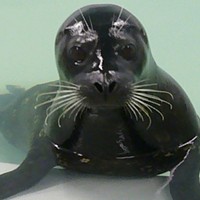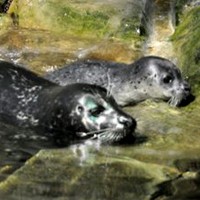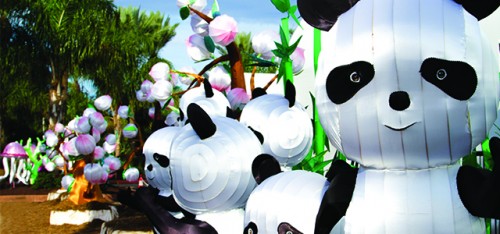
Always among the leaders in use of state-of-the-art technology, Moody Gardens is showcasing another first in entertainment with the opening of its new attraction, the SpongeBob SubPants Adventure.
Moody Gardens has partnered with Nickelodeon, Super 78 and SimEx-Iwerks Entertainment to create this innovative attraction opening in the Discovery Pyramid on May 23. Harnessing the power of modern computer technology and classic artistic techniques, a group of designers, engineers, fabricators and animators who are responsible for many of the world’s leading theme park attractions have come together to create the SpongeBob SubPants Adventure.
Guests will experience a whole new kind of submarine adventure as they take the “Le Plunger” into the hyper-real, life-sized world of Bikini Bottom which is viewed through a 30-foot wide observation window. Patrick Star and the rest of his animated underwater pals are seen on screen through 3D technology, as guests are able to have real-time conversations with him and help choose their path through the underwater adventure. To further immerse guests, four large viewing portholes bring the experience of the entire submarine to life.
To make this all possible, Super 78, an attraction design and production company, has provided their newest custom software and hardware for the SpongeBob SubPants Adventure named the Gepettoo™. This Animation Control System allows a performer behind the scenes to control all aspects of the full-sensory experience on screen in front of audiences. The performer’s voice becomes an on-screen character, and he has an unlimited palette of animation options which brings the character to life. The performer also runs the lights, sounds, bubbles, and scents with the push of a button.
SimEx-Iwerks Entertainment created custom seats, designed and installed all theater systems and programmed special effects in new ways to enhance the adventure. They worked closely with Super 78 to integrate the virtual actor system into the overall attraction.
“This collaboration creates an emotionally engaging experience with innovative technology and definitely takes 4D storytelling to the next level,” said Mike Frueh, Senior Vice President, Licensing & Distribution at SimEx-Iwerks.
Also used in the design of this breakthrough attraction is Mushroom VR™, a proprietary attraction design tool that utilizes the Oculus Rift virtual reality headset to pre-visualize the experience. It provides an accurate guest-experience assessment of all the attraction content, including 3D environments, media, scenic and show elements, making it seem as if you are submerged within Bikini Bottom.
“For the first time ever, the SpongeBob SubPants Adventure will allow guests to interact ‘live and in person’ with a 3D digital character, a major breakthrough in digital puppetry,” said Michael “Oz” Smith, Super 78’s Technical Director. “And because guests also help navigate the sub, choosing which direction the adventure takes, every voyage will be truly one-of-a-kind.”
This world-class technology immerses guests in a non-stop whirlwind of surprises with fun for the whole family to enjoy.
For more information, visit moodygardens.org/subpants
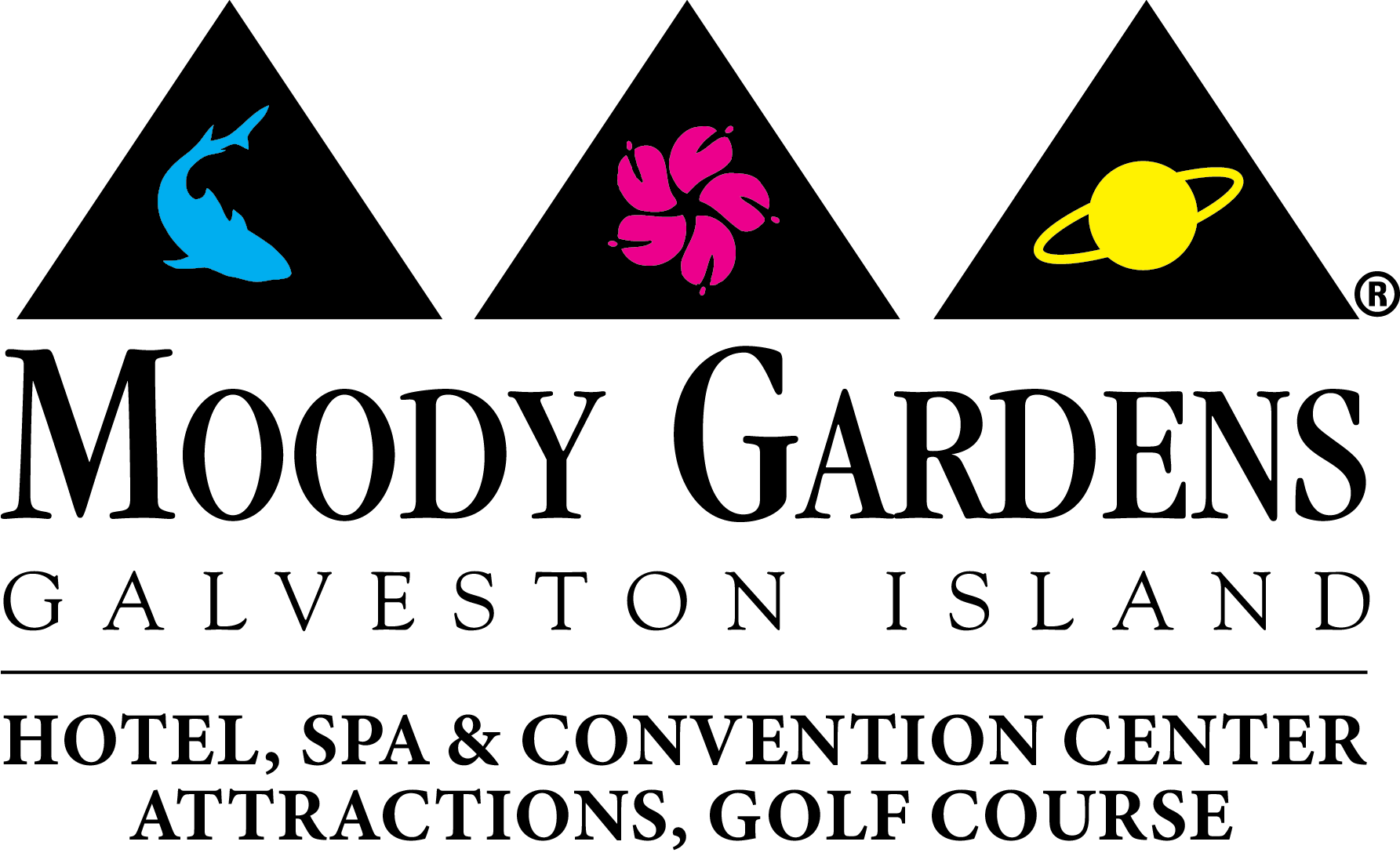
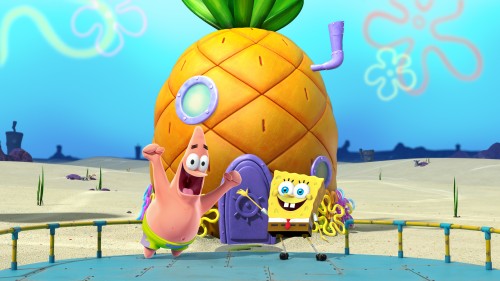
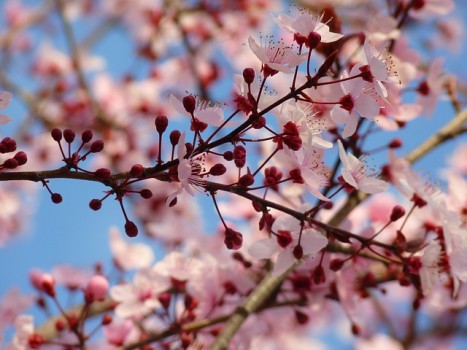

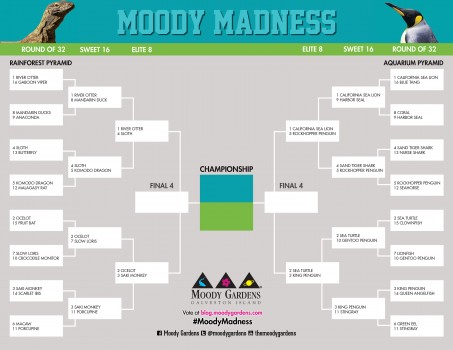
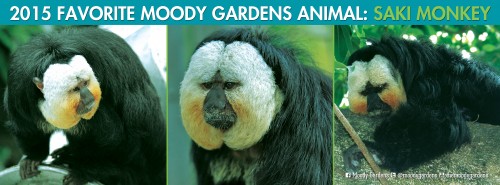


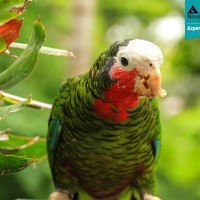
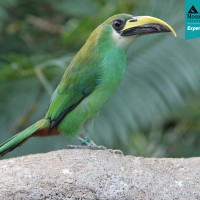
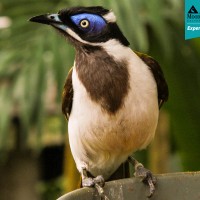
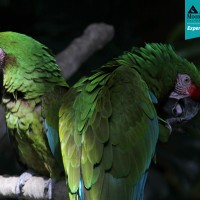
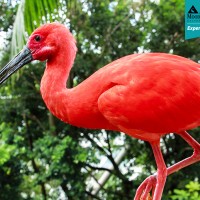
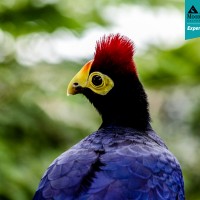
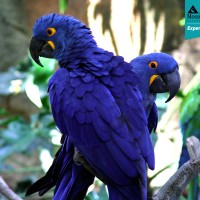
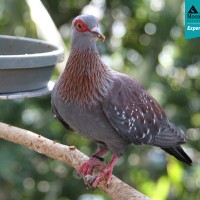
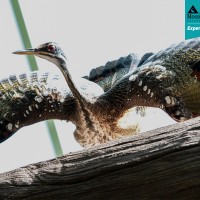
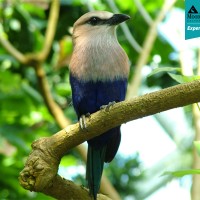
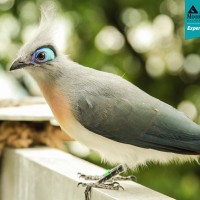
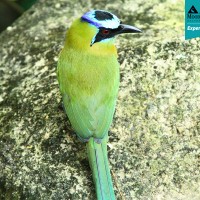
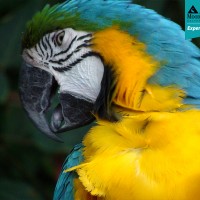
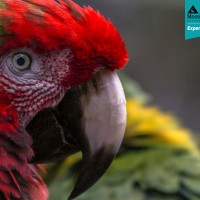
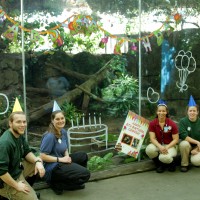
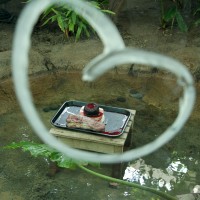

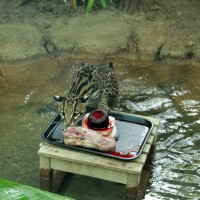
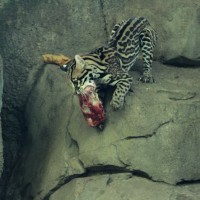
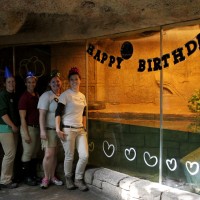

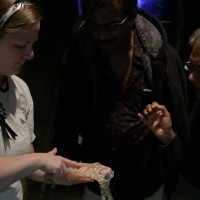
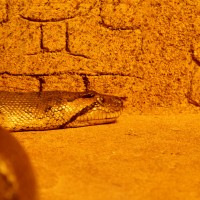
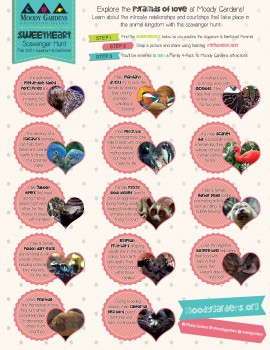 While you are at Moody Gardens, you can participate in the
While you are at Moody Gardens, you can participate in the 

